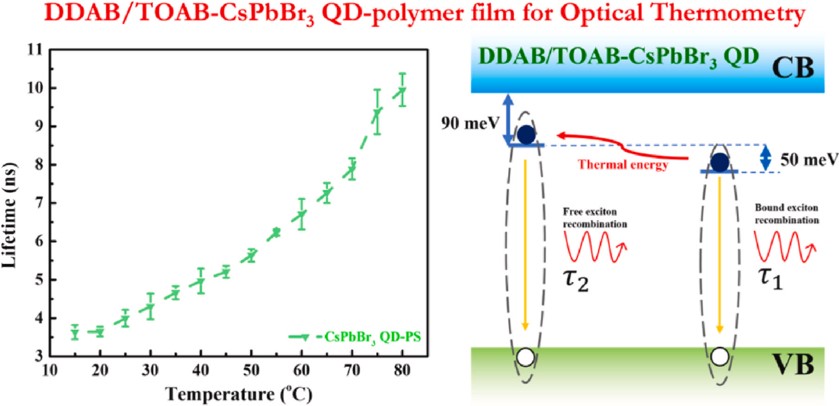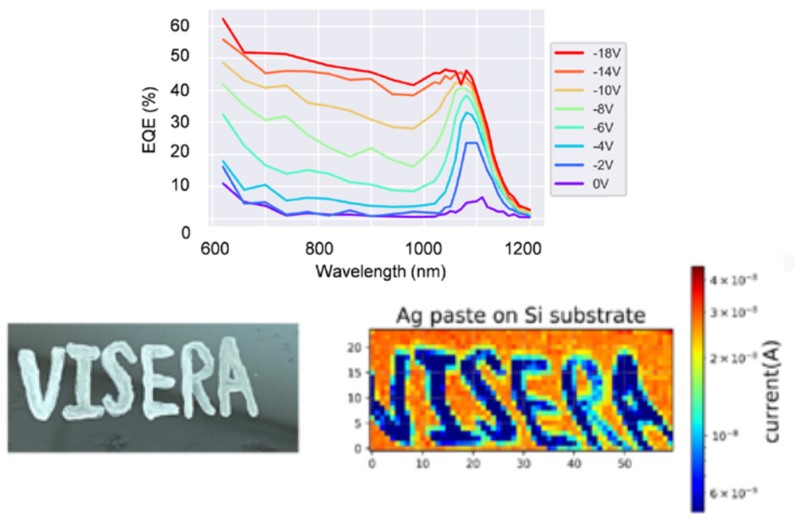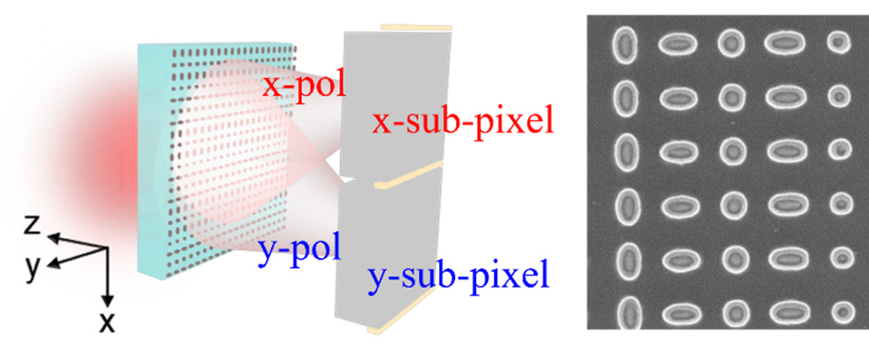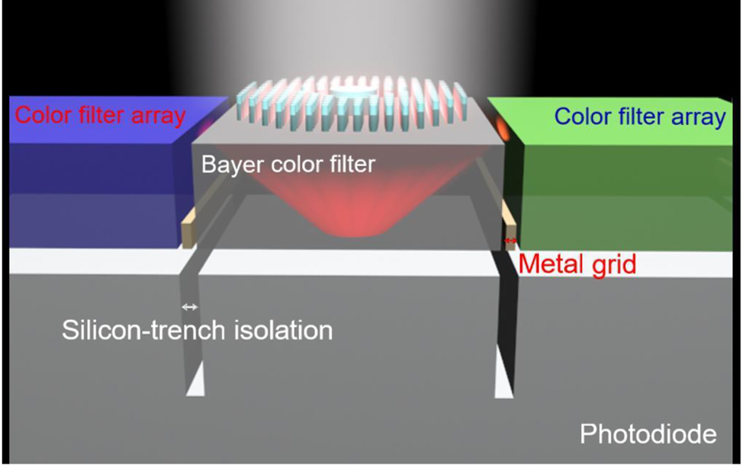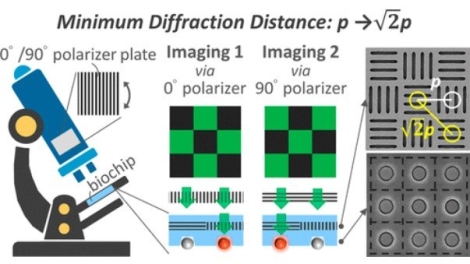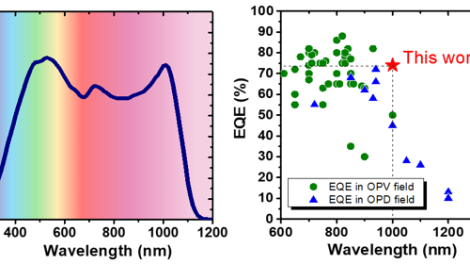Organic Photodiode Integration on Si Substrates beyond 1000 nm Wavelength
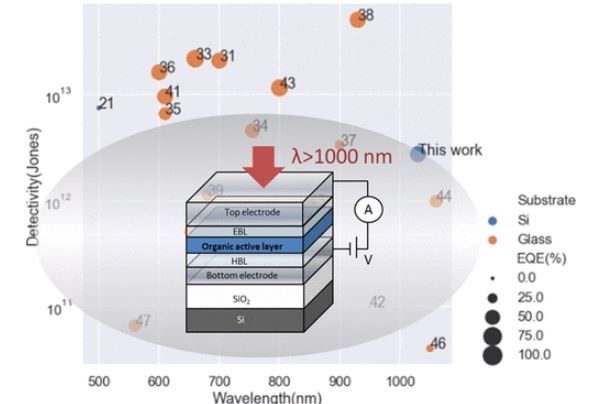
ACS Appl. Electron. Mater. 2022, 4, 1,
168–176
Organic Photodiode Integration on Si Substrates beyond 1000 nm Wavelength
L. H. Lai, C. C. Hsieh, J. L. Wu, and Y. M. Chang, ACS Appl. Electron. Mater. 2022, 4, 1, 168–176
VisEra reports the way to integrate organic photodiodes on Si substrates with complementary metals.
Organic photodiode integration on the Si readout circuit offers a solution for extending the sensitivity beyond 1000 nm. In this work, we report the way to integrate organic photodiodes on Si substrates with metals that are complementary metal–oxide–semiconductor process-compatible as bottom electrodes, such as titanium nitride (TiN), tungsten (W), and aluminum (Al). We report on a high-efficiency near-infrared sensor enabled by employing TiN and W as bottom electrodes, with an external quantum efficiency of ∼50% at 940 nm and ∼70% at 1030 nm, a dark leakage current density of 15 nA/cm2, a bandwidth of 15 kHz at −4 V, and a dynamic range of ∼100 dB. Low resistivity and inert properties of TiN make it form a good interface with the organic active layer, leading to an ideal bottom-contact metal for the organic photodiode when integrated on the Si substrate.



